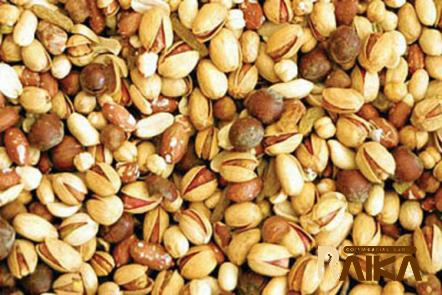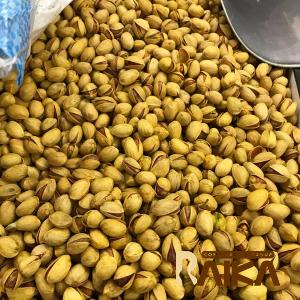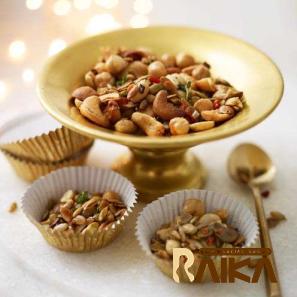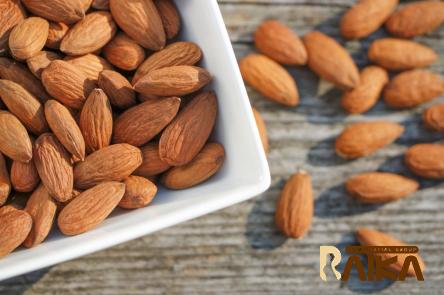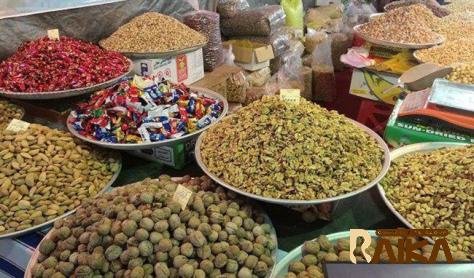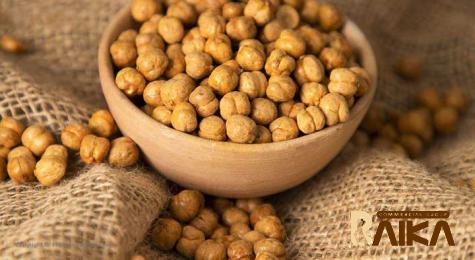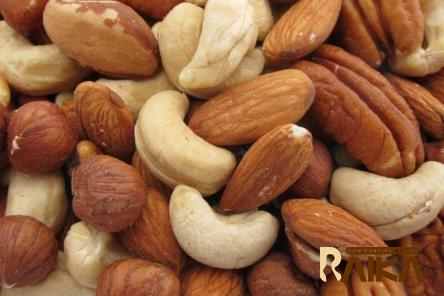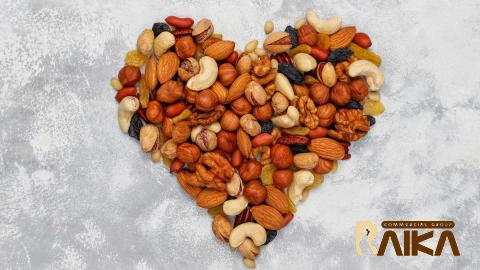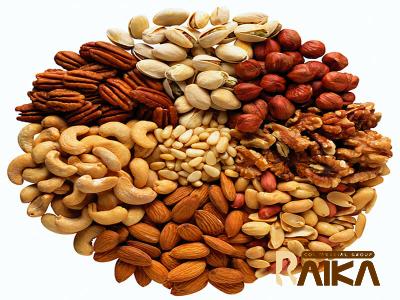Peanut Different Types and Uses there are 4 types
Peanut, scientifically known as Arachis hypogaea, is an important food crop and is widely cultivated in different types, of tropical and temperate for different uses in different regions of the world
Although peanuts originated in South America, today peanuts are grown in many parts of the world
The scientific classification of peanuts as a legume rather than a true nut contributes to the confusion caused by the common name “peanut”
In many English-speaking countries, peanuts are also called peanuts
This is because the edible seeds of the peanut plant start life on the surface but mature underground
Groundnuts are vital to the economies of several countries in West Africa, as well as several countries in East and Southern Africa and the Americas
China and India are the two countries that produce the most peanuts
In certain parts of the world, peanuts are an important source of nutrients, including protein and oil, even though they are not generally considered a staple in the diet of most consumers
Peanuts can be consumed as a whole nut snack, as an ingredient in candies and dips served alongside other foods, and also in the form of peanut butter and oil
Peanuts produce the most nuts per acre when planted in well-drained soil
They can grow in sandy soil as long as they receive adequate rainfall or irrigation
It is strongly recommended that you grow one or more crops between peanut harvests
Significant yield improvements can be achieved by using longer rotations and avoiding the use of soybeans
This is because soybeans can act as hosts for peanut diseases that are detrimental to peanut production
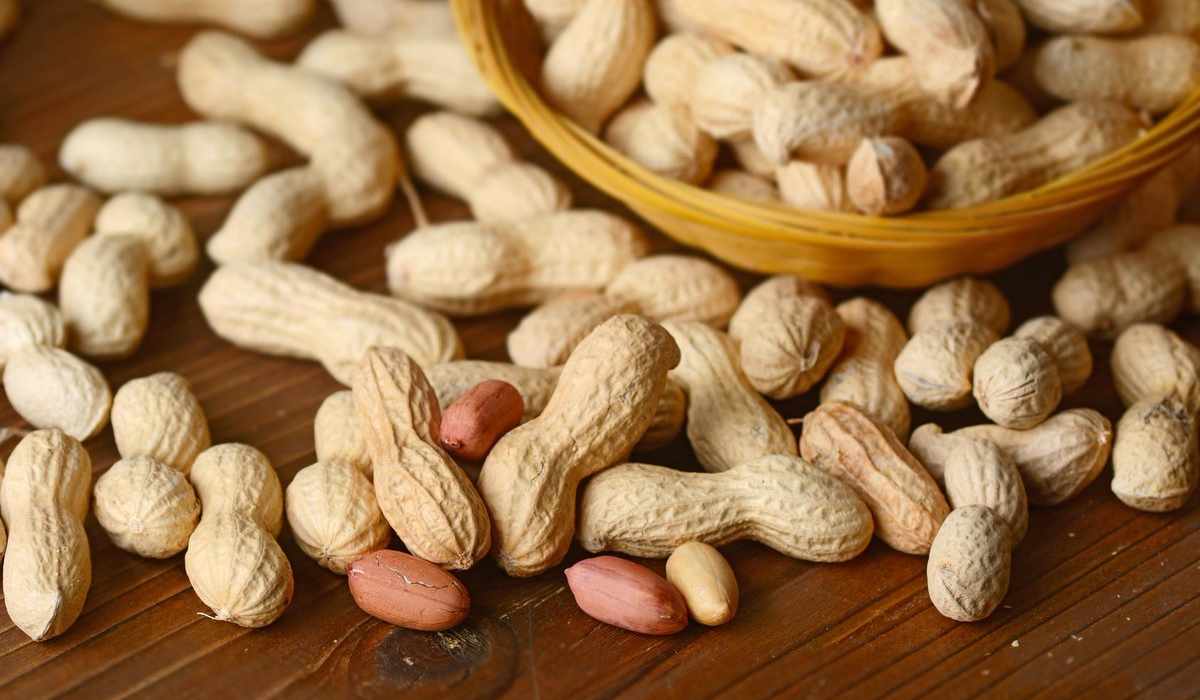
If peanuts are irrigated, the most important time to avoid water stress is in the middle of the growing season, when the nuts are developing
Stress during this stage not only has the potential to have a significant effect on yield but is also the period during which the crop generally has the highest water consumption
In general, it is not recommended to water peanuts early in the season or when the peanuts are in the ripening stage
Peanut butter, peanut oil, candy, and direct consumption use peanuts grown in the United States
Peanuts are also grown in the United States
Peanut butter is made from approximately sixty percent of all peanuts harvested each year
Crushing the crop for oil extraction results in the production of cake and flour as a by-product for approximately 15% of the total crop
Roasted peanuts When peanuts are roasted to produce roasted peanuts, the shells remain
Roasted peanuts are not only a popular snack eaten at baseball games, but they can be added to mixed nuts, coated with honey, chili, or other flavors, and used to make candy (peanut croquettes)
and used other types of sweets (cookies, ice)
Cream)
There is some export of roasted peanuts
Those who process peanuts Food companies buy raw peanuts from peanut processors to use in their products
Peanuts are classified according to variety, size, and taste
Peanut butter, peanut candy, and other peanut-based foods are made from these peanuts after processing
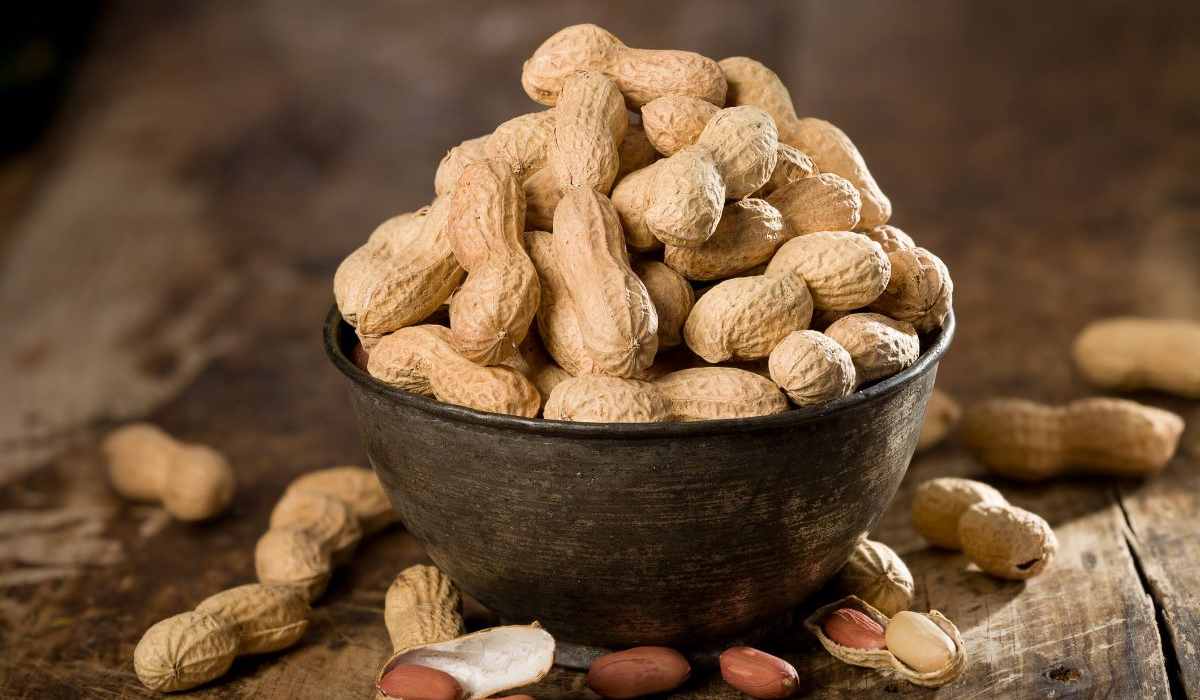
Some food companies have their processing facilities, so they purchase raw peanuts for processing and use in the production of peanut-based items
These manufacturers buy raw peanuts directly from farmers and sell the finished product under their brand name
Peanut oil To extract peanut oil, raw peanuts must first be crushed
Peanut oil has a high smoke point and does not absorb the flavor of the food it is cooked with
Most restaurants use this particular type of oil for frying
It is common to use unrefined peanut oil to make salad dressings, roasted vegetables, and a variety of other applications that require a nutritious and flavorful oil
Peanut oil is rich in monounsaturated fats, which is why it is considered a heart-healthy fat
A person who is allergic to peanuts is not at risk of consuming refined peanut oil because it is processed
Peanut flour Chopped peanuts are the main ingredient for making peanut flour, which can be partially or completely defatted
In addition to being gluten-free, flour is an excellent source of protein
You can use flour Shell represents 70% of total weight and oil content is 50%
On the other hand, growers using effective management strategies can produce 3,500 to 4,500 pounds of peanuts per acre
Because of this, even more, biodiesel production per hectare is imaginable than is currently possible
Peanuts have an oil yield of 48 gallons per acre, significantly higher than soybean yields of only 24 gallons per acre
However, peanut yields are still lower than canola yields, ranging from 127 to 160 gallons per acre
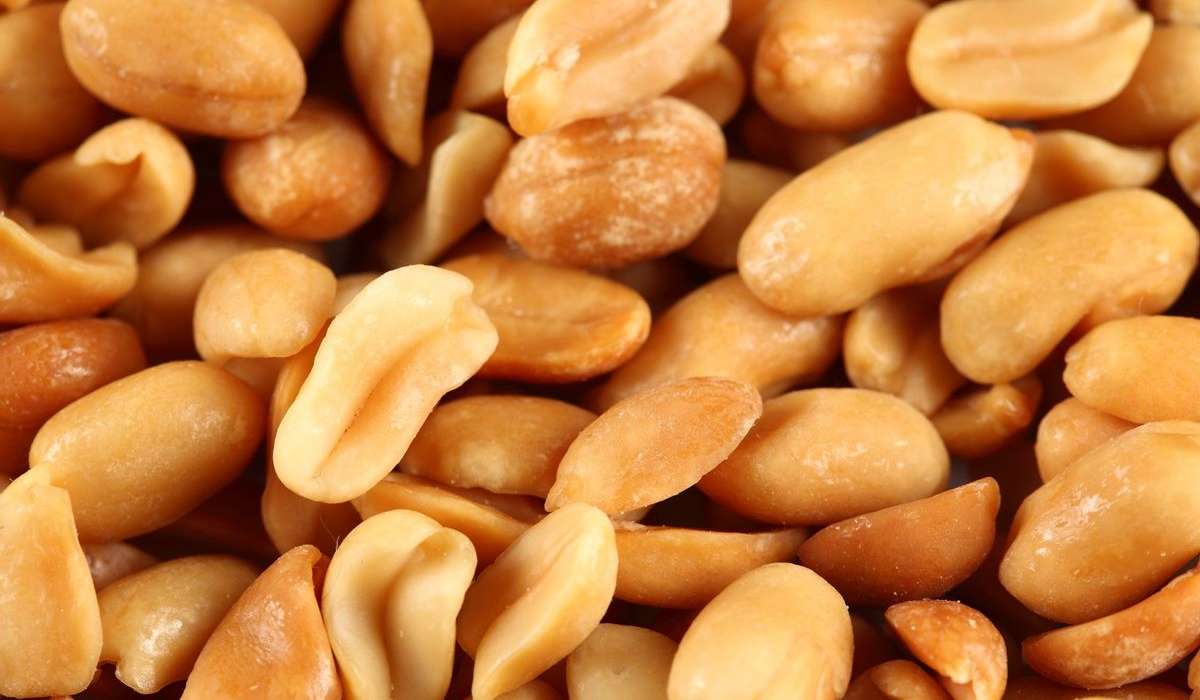
However, given the high input costs for growing peanuts and the high market demand for traditional applications, the market for using high-quality peanuts for oil in biodiesel production may not be the most profitable
Roasted peanuts in a pot The market for fresh “green” (not dry) peanuts, used in the production of an important local snack called boiled peanuts, is modest but has the potential to generate significant profits
In much of the South, boiled peanuts are a popular snack choice (peanut-dominant region)
However, southerners who have moved out of the region and new consumers are interested in trying boiled peanuts
Consequently, online sales of fresh peanuts as a specialty product to regions outside the South can add value to the intensively managed peanut crop
Due to the considerable moisture present in fresh peanuts, they cannot be stored for more than ten to fourteen days
As a result, fresh peanuts are usually only sold in their growing region at supermarkets, roadside stands, and/or farmer’s markets
Fresh peanuts are rarely sold through online stores, and due to their high perish ability, these sales typically require a two-day shipping time
Because people who buy fresh peanuts prefer peanuts with shiny shells that have little or no damage, the product is usually harvested by hand
If peanut producers want to sell their product as “fresh,” they need to work hard and make sure they’ve thought of everything
They must first find a potential market before starting to grow their product
The production of peanuts for the fresh market is almost the same as that of other peanut products
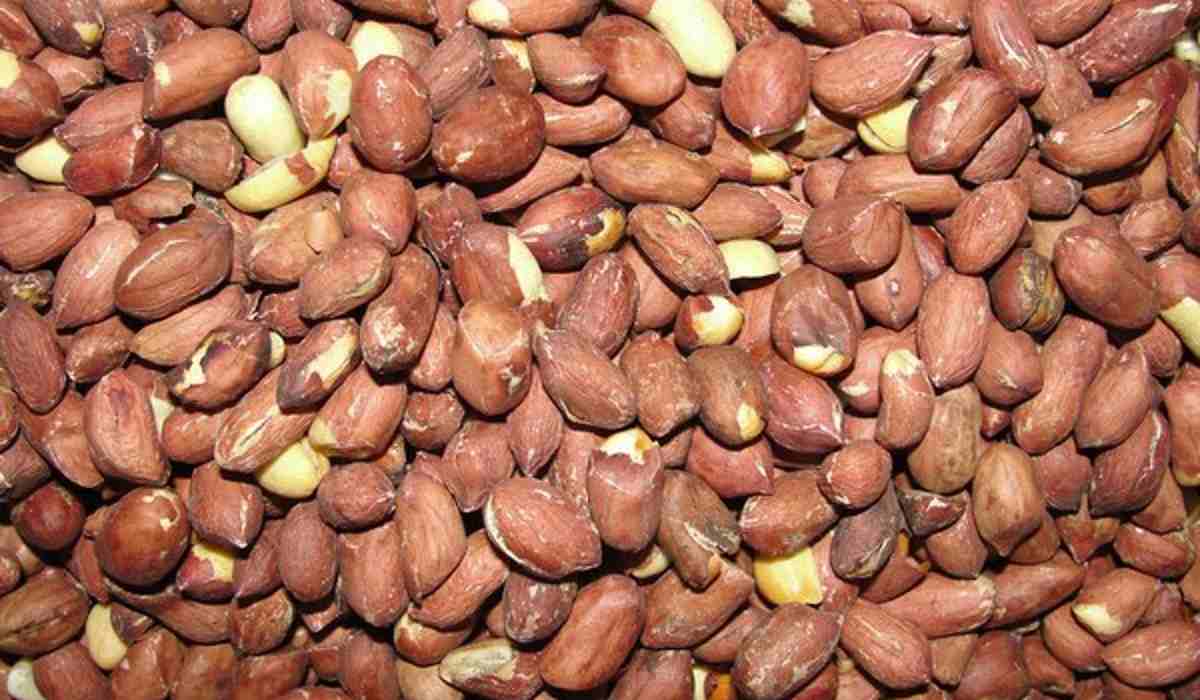
The main differences lie in the harvesting and post-harvesting methods as well as in the varieties used
When purchasing fresh peanuts, consumers tend to choose Valencia varieties for their flavor, while Virginia varieties are preferred for their size
In addition to being one of the most successful peanut importers and exporters, our organization has undertaken considerable research in order to give you the aforementioned information
Our goal was to ensure that you had as much information as possible
We recognize the tremendous good fortune that has been bestowed upon us by being a part of this international corporation

